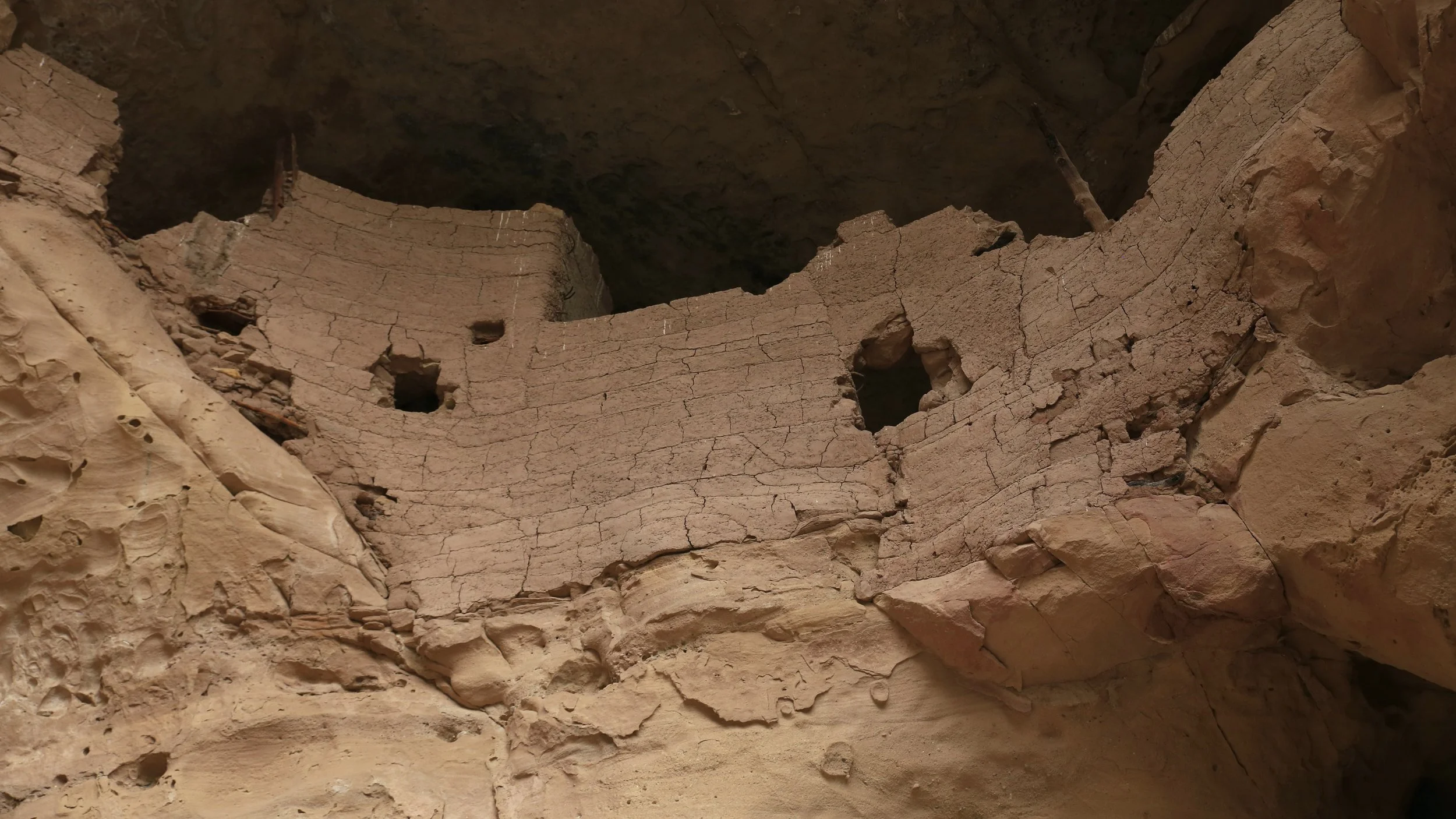
Nogales Cliff House Archaeological District
1.5 Mile Roundtrip Trail
Moderate Trail With 324 Foot Elevation Gain to Incredible & Mysterious Ruins
The Gallina (AD ~1050 - 1300) are truly mysterious. Not in the Pueblo Mystique style of mysterious, but they are genuinely mysterious from their origins, to their culture, to their demise. Well, that last bit, what happened to them is the only thing archaeologists are certain of. They lived in fancy pit houses but built cliff dwellings. They also built quite a few large towers and walls in what appears to be a purely defensive nature. The towers have a commanding view of the surrounding valleys and from what I have gathered from friends who know archaeologists and who work at the New Mexico Office of Archaeology, these towers are on every single high point in the area that the Gallina occupied. And that area includes two natural corridors north of the Jemez Mountains that facilitates some of the largest Elk herds in the region. The Gallina produced ceramics but the only kind found so far are grey with black markings or just grey. I saw some examples of both when I visited. Although it seems they had no problem importing ceramics from all over the region including Mesa Verde, the Rio Grande, Chaco, and even from the south.


As we began the hike, we looked at the soft ground which had recently been inundated with snow and found the unmistakable prints of a mountain lion. Nearby, we saw the ripped off hide of an Elk. It still had some meat on it. I was thankful for my sidearm.
Then, once we began ascending the trail to the ruins from the canyon floor, we realized we weren’t the first visitors to the area recently. Although, we were the first human visitors. Because of the snow melt, the ground was quite soft and as we climbed up to Nogales, every step of the way, we were following in the footsteps of an Elk. This Elk turned with each switchback in the trail. He hopped over rocks and climbed the steps. At the site, he entered the small collapsed rooms and left his large prints in the ancient dust. He walked along the edge of the alcove, beneath the melting snow and its drips. And then he ascended further up the ridge, above the ruins where it was too slippery from snow and steep for me to follow. What was that Elk doing? Admiring the ruins? Path of least resistance? He, his tracks, the lion’s prints, and the rare overcast, windy, snow driven air certainly added to the mystique of the day and the mystery of the Gallina People’s ruins.
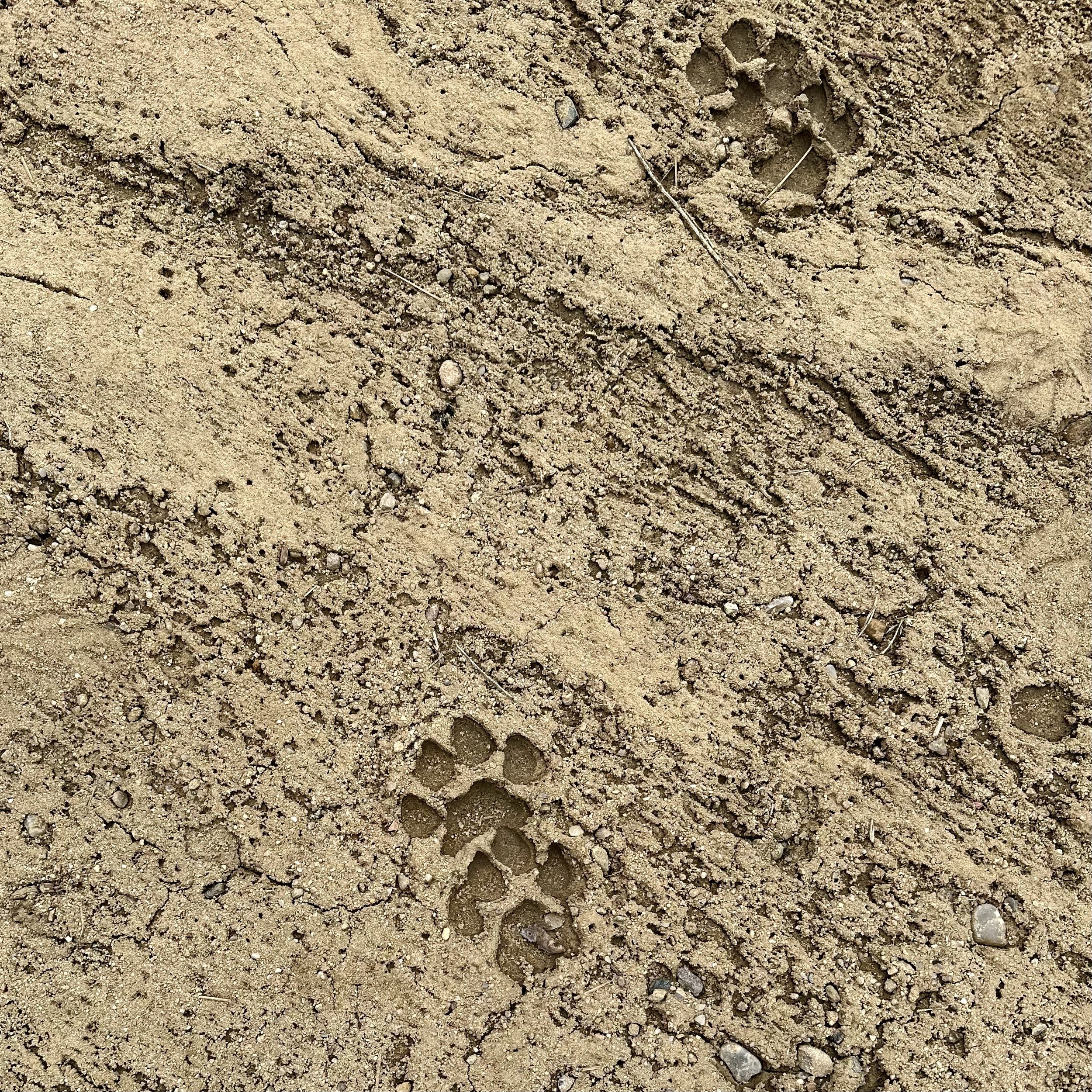
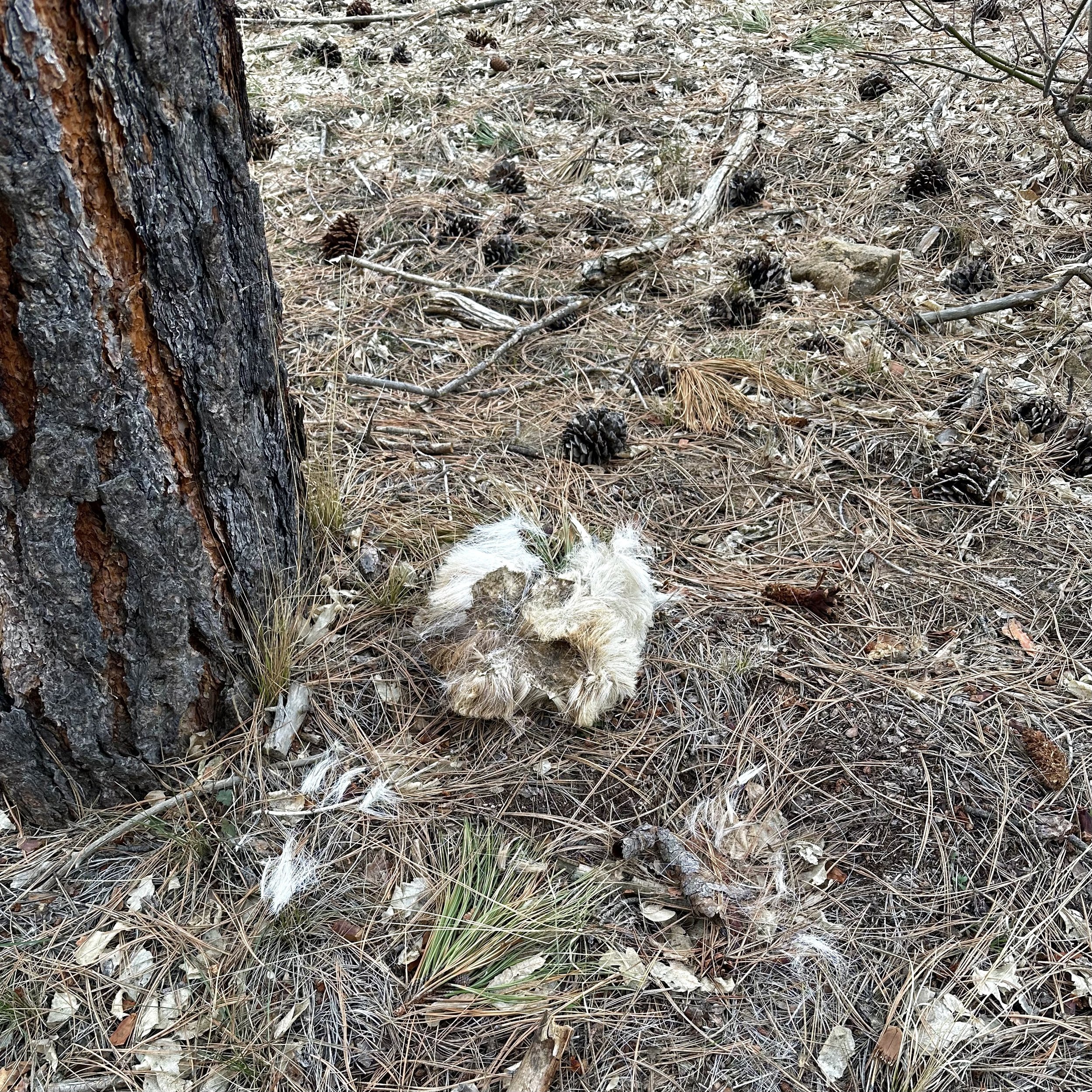
The Gallina curiously made conical bottom shaped ceramics. Some of which have been found at Chaco. They mined obsidian from the Jemez Caldera and I saw some of that too when I visited. But importantly, it doesn’t seem that they allowed the Chacoan Anasazi or Mesa Verdeans to mine the Jemez Caldera obsidian. They acted as some sort of buffer, possibly running the mines themselves. I know Chaco ran salt mines in Nevada at Lost City. This could have been a satellite for Chaco to the east.
The Gallina are not Anasazi, but they’re not Puebloan and in fact, on their way to the Rio Grande Valley, the Mesa Verdeans, specifically the Jemez, appears to have wiped out the Gallina people completely. No modern tribe or Puebloan group claims to be the descendants of the Gallina. There’s a good chance the Gallina have no living descendants.






The area they inhabited is stunningly beautiful. It is a perfect mix of the southern Rocky Mountains and the Colorado Plateau. The sandstone is yellow and chalky Mesa Verde sandstone. The adobe structures at the cliff dwelling sites are almost Hohokam in appearance. The tops of the mesas they occupied were at 9,000 feet and while walking around Rattlesnake Ridge, you can certainly feel it if you’re not used to the elevation. It seems the Gallina people came from the lower elevations on the San Juan River but were forced OR left the area all by themselves to head to higher elevations for whatever reason. Possibly to be closer to Jemez Caldera Obsidian.
They are truly distinct from the Chacoan Anasazi and the Mesa Verdeans. They did not build above ground Pueblos like those cultures did. While they were building above ground pueblos, the Gallina were in fancy pit houses. They also, and I believe this is key, did not have Kivas. They did not build ceremonial structures, as far as archaeologists can tell. Which means they may not have shared a religion with their western and northern neighbors… although that is hard to tell. In addition, the Gallina sites aren’t concentrated like their neighbors, but instead they are relatively small and dispersed throughout this Gallina region. Most curiously, a lot of the habitation sites are found clustered around one of those large and impressive towers I mentioned earlier. And these towers can be found every 50 - 100 meters from each other on each and every ridge throughout the area.






These cliff dwellings were built in the middle of the 1200s and it seems the people moved from their scattered pit houses to these highly defensive cliff dwellings that exist on very steep ridges in the canyons of the area. Clearly, the Gallina people felt threatened. The towers, the Cliff Dwellings, and the walls are all evidence of some sort of warfare or strife. Then there’s the excavated buildings, what few there are. Most of them seem to have been burned. And found inside them, often, are the charred remains of the inhabitants. Also, plenty of other bodies have been recovered with signs of blunt force trauma. There was also a skeleton recovered with three arrows embedded in its chest. Another with 2 arrows in the hip. Another skeleton was found still holding a bow and a quiver of arrows. And it was a female. More than half of the excavated sites contain murdered men, women, and children.




The walls I mentioned were about 9 feet tall and much thicker than other walls built at that time to the Gallina’s west and north at Chaco and Mesa Verde.
William Whatley, who used to be the official Jemez Tribal Archaeologist, was interviewed by David Roberts for his book In Search of the Old Ones and he believes the Gallina were wiped out by the Jemez.
“Over the years, the elders have given me pieces of the migration story the whole ting takes twelve hours to tell. But the gist is this. The people came from the Four Corners area, somewhere near Sand Canyon. As they migrated south and east, they left markers. I’ve actually found some of these on the ground, just from the elder’s descriptions- markers that no living Jemez have ever seen.
“On their way here, an advance party of Jemez came through the Gallina area. At first they were treated hospitably by the people living there; then the Gallina turned around and killed the Jemez. The Gallina people didn’t realize that the large main body of Jemez was coming right behind. That main body eliminated all of Gallina, maybe in only a few days.”


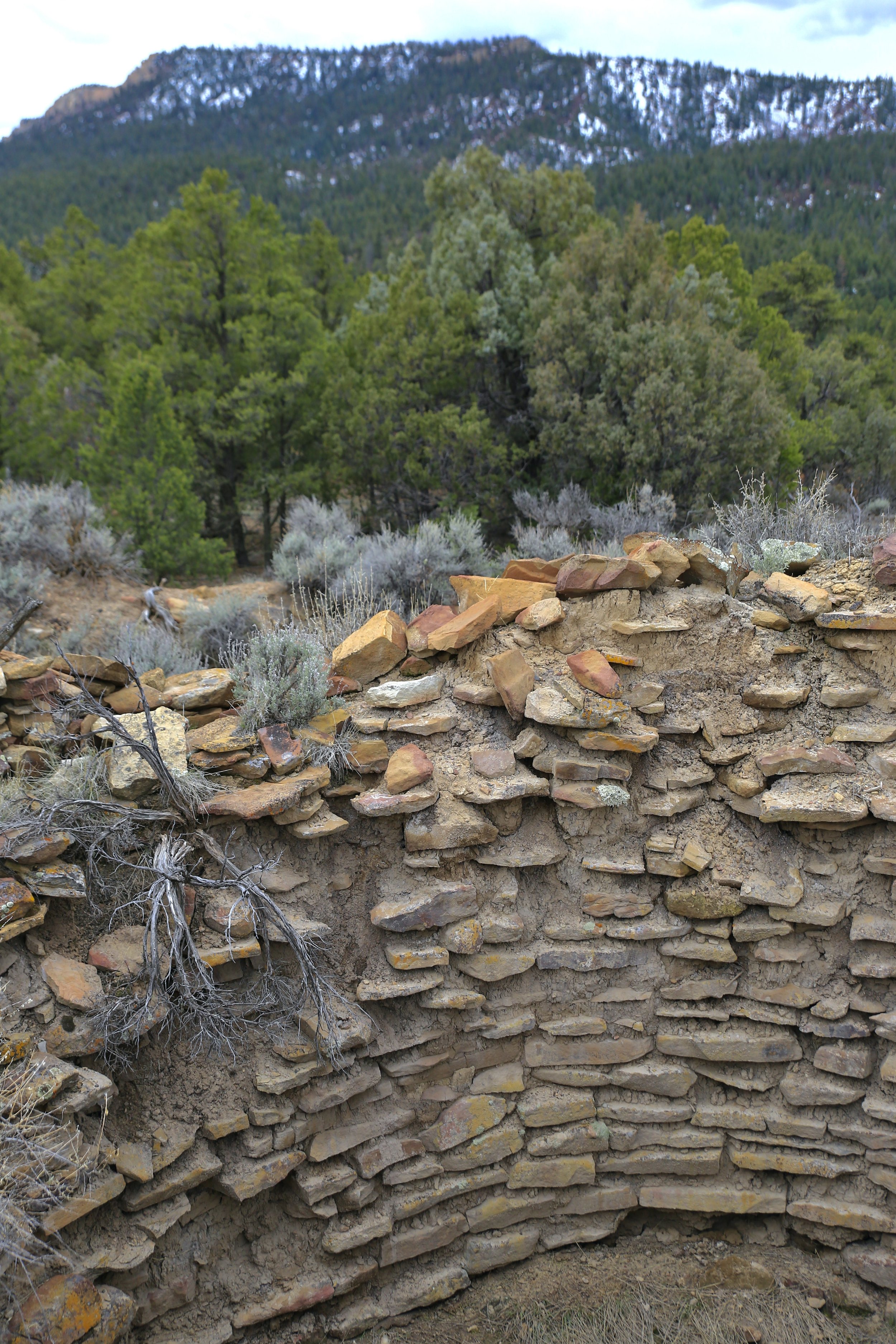

The story of the Gallina gets more convoluted though when you introduce the evidence of lambdoid cranial modification (found both on Gallina skeletons and Pueblo Bonito in Chaco skeletons), the snake iconography, the Twisted Gourd symbolism (found as far away as the Maya heartland but also at Pueblo Bonito in Chaco), the strange way they built their Cliff Dwellings which resemble more Hohokam, their ties to the Plains, the multitude of ceramics from around the American Southwest, and the fact that Gallina artifacts have been found at Pueblo Bonito in Chaco Canyon; including 6 toed sandals (polydactyly).





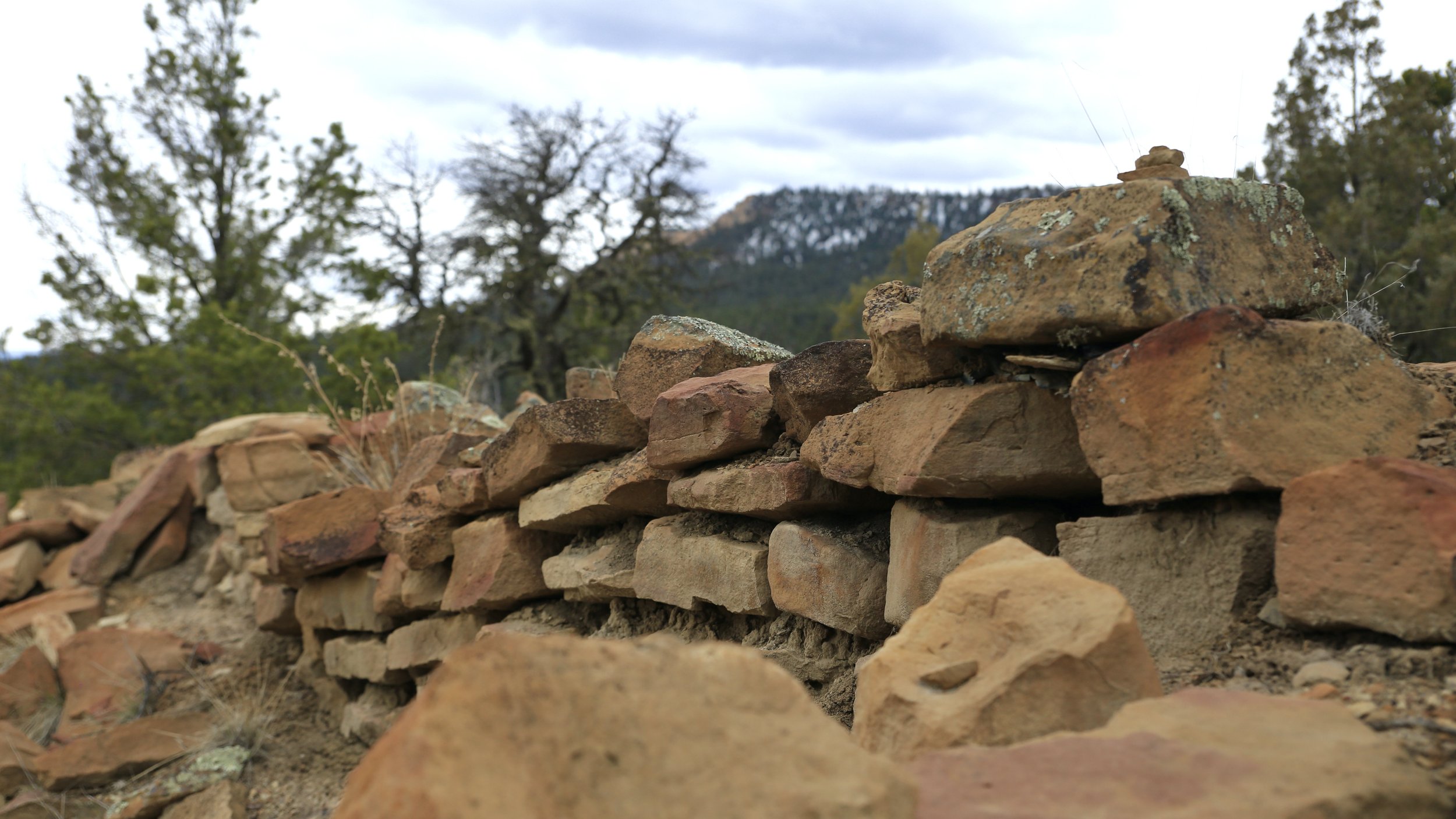
A picture slowly began to form when studying all of the evidence thus far compiled (that I’ve gotten my hands on) about the Gallina:
When Chaco was coming together and the Gallina were living further north that they do now, in the San Juan area, somehow, a Matriarch from these early Gallina, the Rosa-Piedra Era, was sent to Chaco and became the founder of the Matrilineal line at Pueblo Bonito. The Gallina people then moved to their scattered ridges, mined obsidian, and enjoyed a plethora of Elk, Bison, and Deer meat which they hunted in that natural corridor they oversee. They could have taken on people from all over the region or at the very least they traded their obsidian and pelts or even meats with the people of the American Southwest. There’s a good chance that trade would have been facilitated through Chaco. Then the “Civil War” happened in the Chaco region during the 1200s and the entire Southwest changed dramatically. Some violence engulfed the region, the politics may have changed, the religion definitely changed, and Chaco lost some of its power. Whatever happened at that time, Gallina may have opted out of the whole process, built their towers, walls, and inaccessible cliff houses in the 1250s, and closed themselves off from the west, hoping they would be spared. But they weren’t, and in 1300, during the Great Migrations of the Anasazi and Ancestral Puebloans, they were caught up in the violence and were burned, arrowed, and wiped out by a people who were remaking themselves in the Rio Grande Valley.














